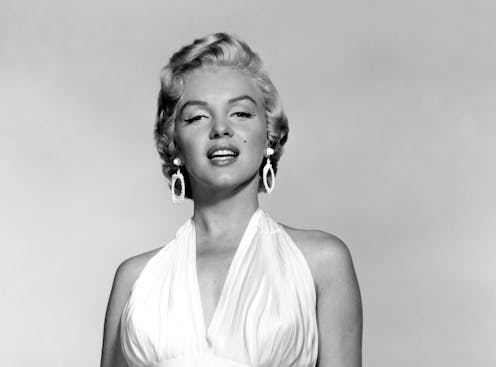how the Method defined 20th-century acting
- Written by Adrian Danks, Associate professor in Cinema and Media Studies, RMIT University

When an actor is criticised for peculiarly excessive preparation for a role, or an inability to break character off-camera, an ill-defined notion of “Method” acting (note the capital “M”) is rarely far away.
Review: The Method: How the Twentieth Century Learned to Act by Isaac Butler (Bloomsbury).
Living rough on the streets to prepare for a role. Abusing fellow performers to provoke an “authentic” response. Or never breaking from character throughout an entire shoot – like Daniel Day-Lewis, who supposedly insisted on being addressed as “Mr President” throughout the three-month filming of Steven Spielberg’s Lincoln.
But while it’s easy to ridicule or parody, the Method – which casts a long shadow over European and (in particular) American acting – is complex and varied.
What is Method acting?
As detailed in Isaac Butler’s The Method: How the Twentieth Century Learned to Act, the Method was developed in Russia in the latter part of the 19th century.





